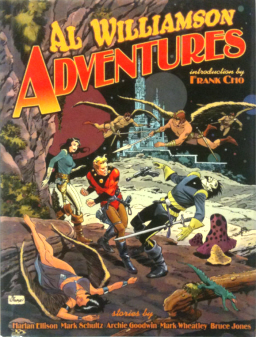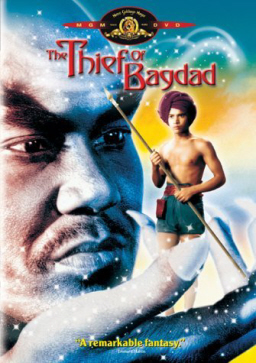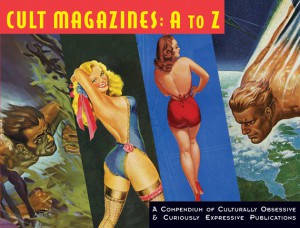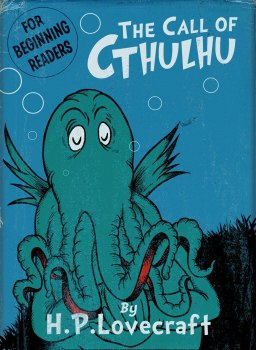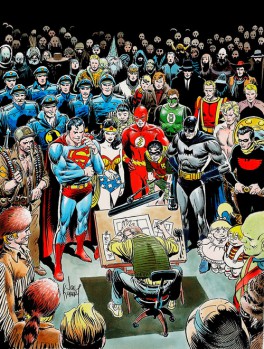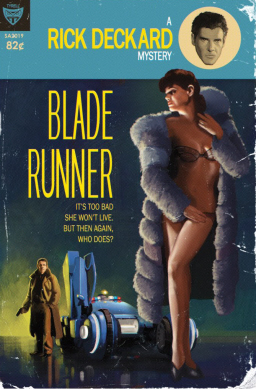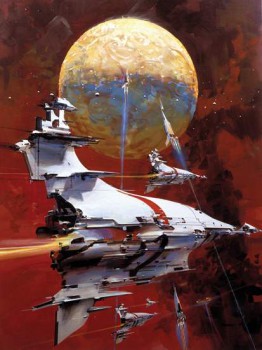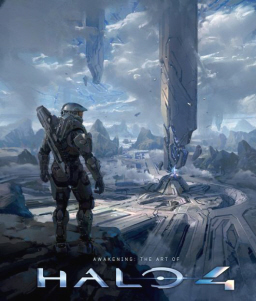 I took the family to Best Buy yesterday to buy a new phone for my wife. They didn’t have anything below $250, so we trooped back to the car to return to the Verizon store. My teenage boys, flush with dog-sitting money, were the only happy shoppers, chortling excitedly in the back seat over a copy of 343 Industries’ Halo 4.
I took the family to Best Buy yesterday to buy a new phone for my wife. They didn’t have anything below $250, so we trooped back to the car to return to the Verizon store. My teenage boys, flush with dog-sitting money, were the only happy shoppers, chortling excitedly in the back seat over a copy of 343 Industries’ Halo 4.
I got some scattered details over breakfast this morning. Master Chief, hot-babe AI Cortana, abruptly awakened from deep sleep, a Covenant fleet, a giant Forerunner planet, alien mysteries, and a lot of shooting. Sounds like Halo to me.
So when I sat down to sort through the week’s stack of review copies, my hand naturally gravitated towards the copy of Awakening: The Art of Halo 4, a thick oversize hardcover sent our way by Titan Books. It turned out to be an excellent choice, and it thoroughly captivated my interest for the next 90 minutes.
Awakening is probably not a good choice if you’re not a fan of art, cutting edge computer games, or far-future science fiction. But if you’re interested in any of those things, you’ll find it very interesting and if, like me, you have more than a passing interest in all three, you’ll find it fascinating.
Awakening is packed with nearly 200 pages of full-color art, concept designs, and sketches from some of the top artists in the field, including Sparth, Robogabo, John Liberto, Glenn Israel, Jhoon Kim, and Thomas Scholes. The descriptive text, by “incurable Halo fanatic” Paul Davies, is brief and to-the-point, rarely more than a slender paragraph on each page. Davies wisely lets the artists do most of the talking, quoting Senior Art Director Kenneth Scott and concept artist Sparth at length.
And the art is indeed spectacular. The design breakdowns — for Master Chief, his mostly naked AI companion Cortana, numerous weapons, the truly splendid vehicle fleet, and the gun-toting alien Covenant and mysterious Forerunners — are detailed and a lot of fun, but it’s the gorgeous alien landscapes and breathtaking unexplored vistas that really fire the imagination. I guarantee there are sights here that you’ve never seen before, from the nebula-like clouds trapped between two vast constructs to the massive Didact ship, so large it can only be explored using a UNSC Broadsword fighter. More proof that it’s computer entertainment pushing the sense-of-wonder envelope for SF and fantasy fans today.
Awakening: The Art of Halo 4 was published in hardcover by Titan Books on November 6. It is $34.95 for 192 pages. Get more info, including reproductions of some of the artwork, at the Titan website.
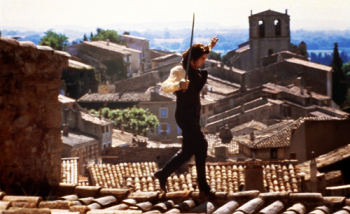 I didn’t know it at the time, but back when I was ten and surfing through horrendous Tarzan movies on rainy Saturday afternoons, The Horseman On the Roof (Le Hussard Sure le Toit, 1995) was the film I was actually hoping to see. Not that I would have understood much of what was going on, but the kinetic energy of it –– the film’s unswerving certainty that these events matter –– would have transported me right out of my seat.
I didn’t know it at the time, but back when I was ten and surfing through horrendous Tarzan movies on rainy Saturday afternoons, The Horseman On the Roof (Le Hussard Sure le Toit, 1995) was the film I was actually hoping to see. Not that I would have understood much of what was going on, but the kinetic energy of it –– the film’s unswerving certainty that these events matter –– would have transported me right out of my seat.
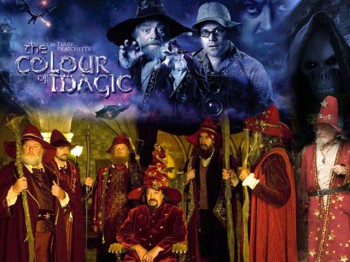 Once upon a very suspect time, a human being by the name of Terry Pratchett conjured up a space-traveling sea turtle by the name of A’tuin, and proceeded to make a sizable fortune from the disc-shaped world he emplaced upon her. In Pratchett’s Discworld novels, magic of the most unpredictable kind is the norm, and so it should come as no surprise that, eventually, somebody had to commit his unique brand of literary lunacy to celluloid.
Once upon a very suspect time, a human being by the name of Terry Pratchett conjured up a space-traveling sea turtle by the name of A’tuin, and proceeded to make a sizable fortune from the disc-shaped world he emplaced upon her. In Pratchett’s Discworld novels, magic of the most unpredictable kind is the norm, and so it should come as no surprise that, eventually, somebody had to commit his unique brand of literary lunacy to celluloid.